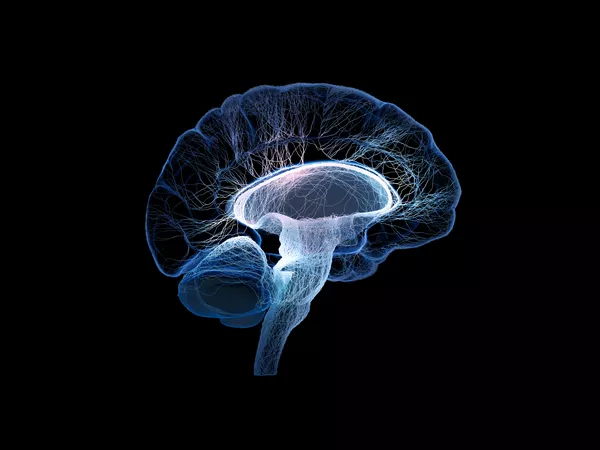EDITORIAL
Published on 24 May 2023
Editorial: Neurotechnologies in translation: technological challenges and entrepreneurship opportunities
doi 10.3389/fnins.2023.1195756
- 874 views
- 1 citation
4,342
Total downloads
18k
Total views and downloads
EDITORIAL
Published on 24 May 2023
ORIGINAL RESEARCH
Published on 24 Nov 2022
CASE REPORT
Published on 04 Aug 2022
CLINICAL TRIAL
Published on 14 Feb 2022
ORIGINAL RESEARCH
Published on 13 Oct 2021
